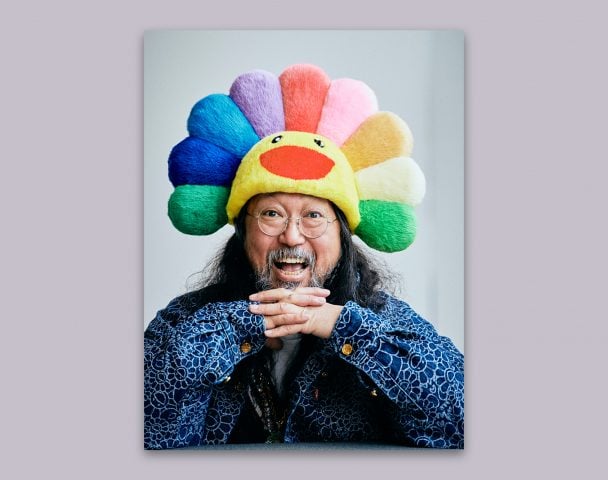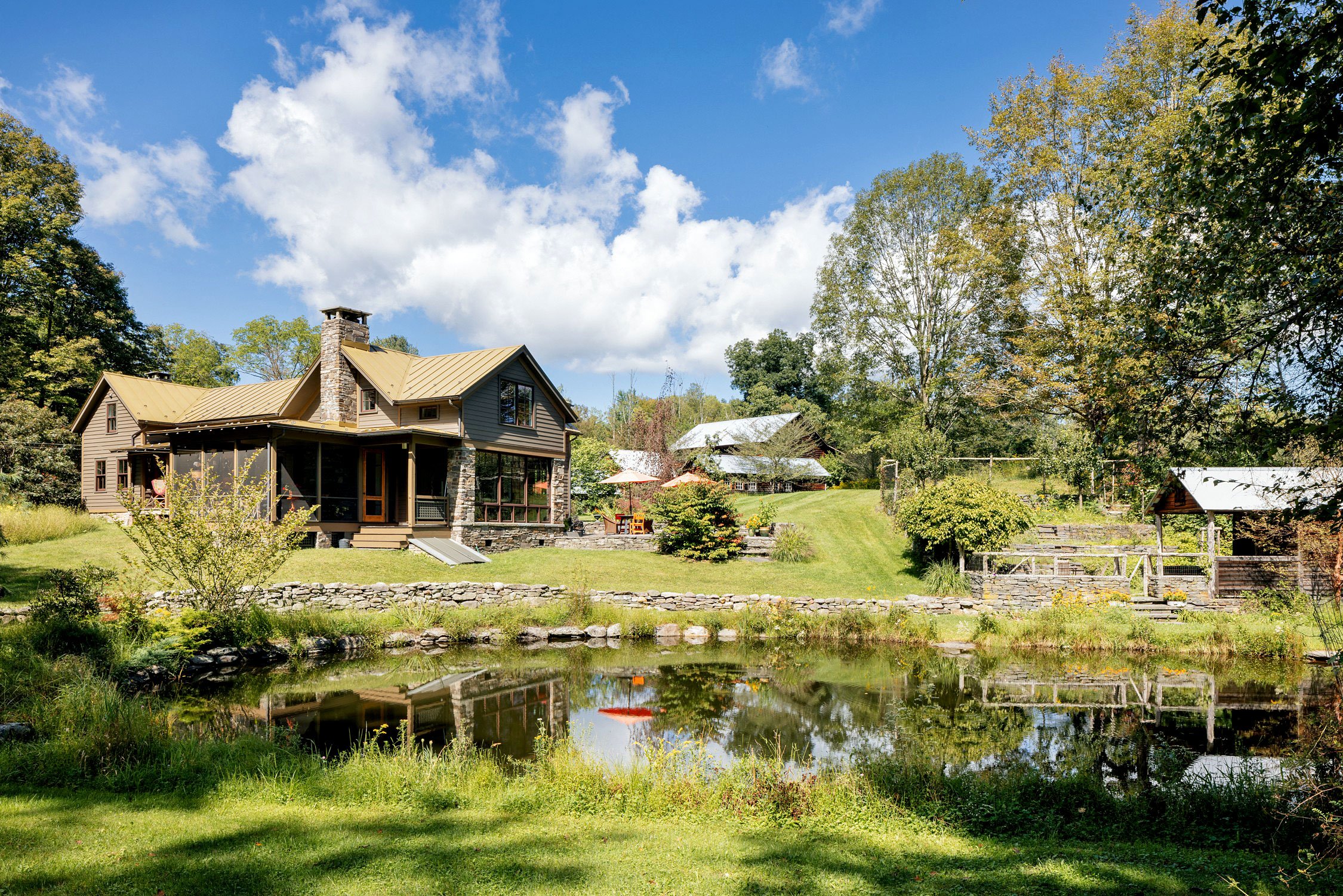Museums & Institutions
The Eames Design Legacy Finds a Permanent Home
The Eames Institute of Infinite Curiosity has opened in Richmond, California.
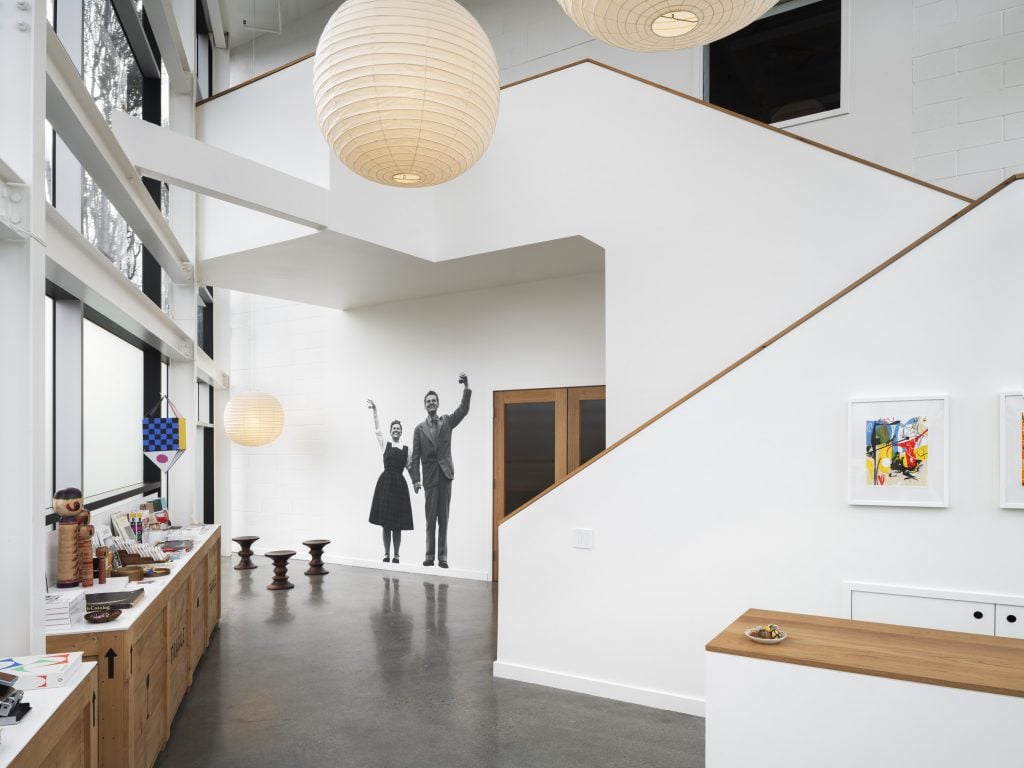
In 1944, MoMA held “Art in Progress: Design for Use.” Among the technological advancements the exhibition feted was the newfound manipulation of plywood. The exhibition staged a 25-foot boat hull and a swooping sculpture by Ray and Charles Eames that rested between Constantin Brancusi’s Bird in Space and an airplane propeller.
The placement somewhat captures the position between art and function couple would go on to occupy in the world of design. It was, as Ray latter acknowledged, not really a sculpture, more an experiment on the nature of plywood, a test of how far they could stretch compound curves. Well, visitors can now decide for themselves at the newly unveiled Eames Institute of Infinite Curiosity in Richmond, California.
The gallery builds off a series of online exhibitions as well as The World of Charles and Ray Eames, a touring exhibition that landed London, Detroit and Oakland. It does so under the guidance of Llisa Demetrios, chief curator and Eames’ granddaughter, who sifted through 40,000 items—and counting. It’s also a practical affair with the Bay Area site also housing the Institute’s headquarters and archive.
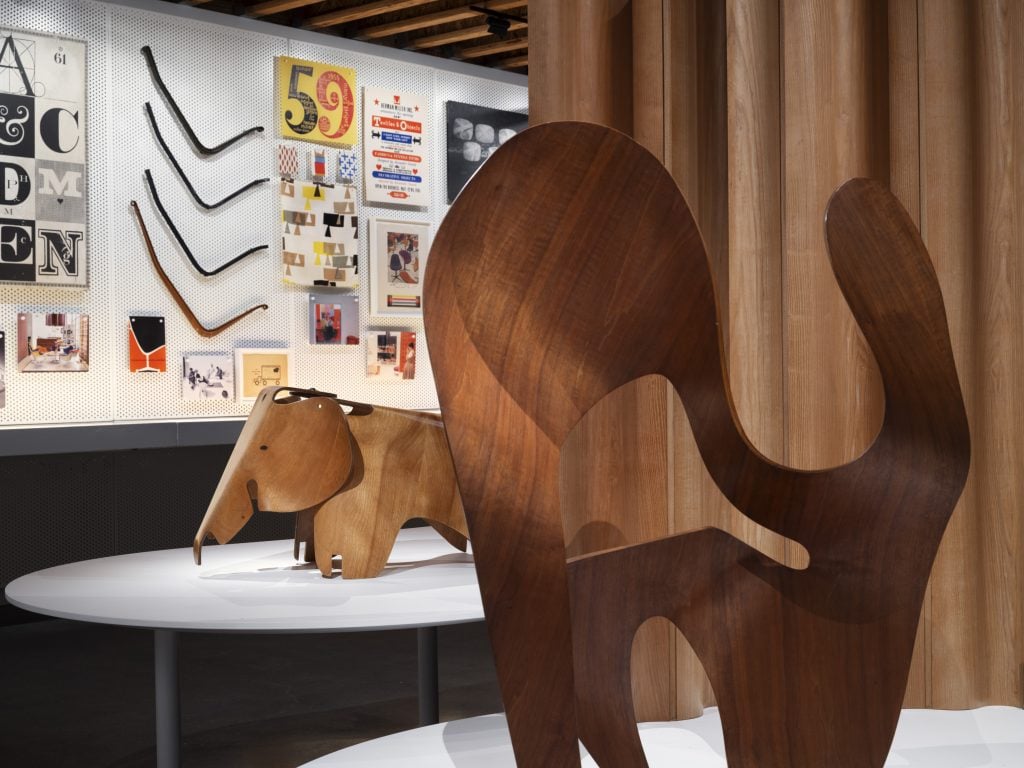
One of two large plywood sculptures that was exhibited at MoMA in 1944 at the Eames Institute of Infinite Curiosity. Photo: Nicholas Calcott.
“Seeing the collection brought together under one roof like this for the first time provides myself and The Eames Institute new opportunities for sharing the many facets of my grandparents’ story in entirely new ways,” Demetrios said. “This is a space where we can expand on their ideas like “less teaching, more found learning” and create those unexpected moments of “found learning”.
The couple may be best known for designing chairs that for 70-odd years have graced the homes, airports, schools, and offices of America, but the gallery seeks to offer a broader picture of their interests and output.
Everything, it has been said, was architectural to the Eameses and everything fell under what the Institution calls the Eames Process. Its tenets were something like: work off life experiences, iterate from failure, and respect materials.
It’s on full display here. Pullout drawers reveal a litany of ephemera. There are kites and tops, scraps and doodles, a prototype of airplane parts developed for the U.S. Navy in the 1940s, and even a design for an aquarium in Washington, D.C.
Naturally, there’s also a great number of chairs, all carefully arranged on white, two-and-three-story shelves—wire chairs, two-piece secretary chairs, stacking chairs, soft-shell La Fonda chairs, lounge wood chairs. Oftentimes, these are broken into their constituent parts and by the end, one struggles to think of a contemporary chair untouched by the Eameses influence.
With the Institution still working through its inventory, the gallery will change over time, Demetrios notes, particularly given the museum loan requests that have already started coming in. “We keep making discoveries that we want to highlight!”
The overarching goal of the Institute, Demetrios says, is to allow others channel the Eameses way of thinking to tackle contemporary issues. “We are sharing the collection to highlight their design process of iterating, prototyping and learning by doing to inspire the next generation of curious problem solvers.”
Or as Charles Eames put it, “We don’t do ‘art’, we solve problems.”
See more images of the Institute below.
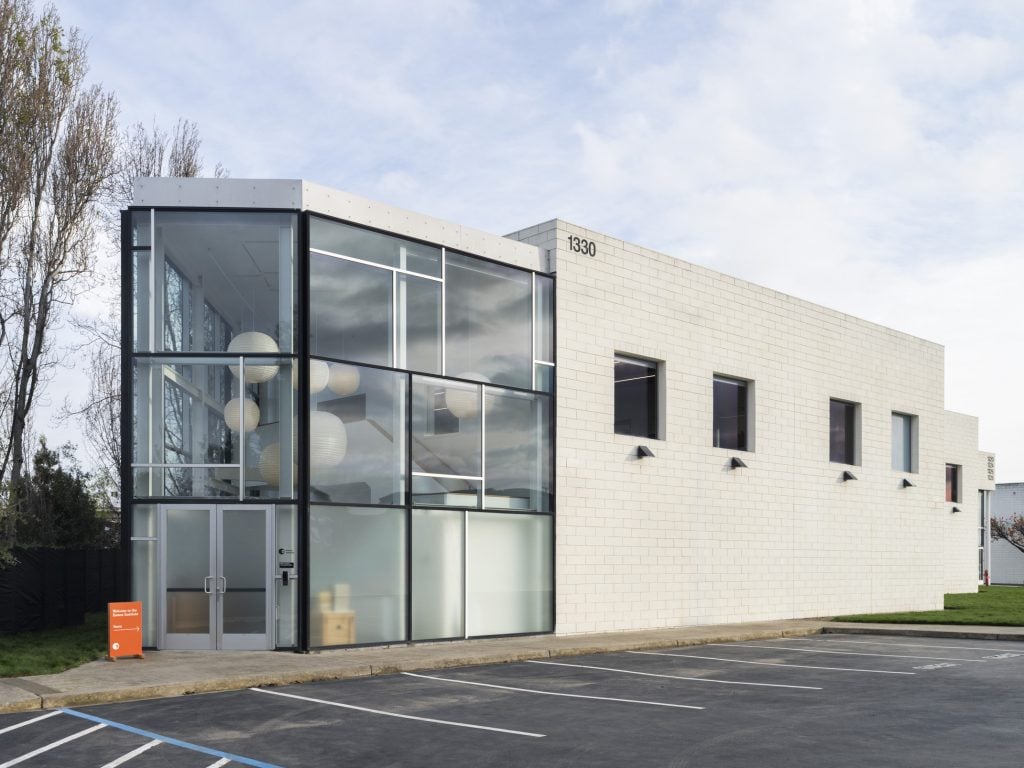
Exterior of Eames Institute. Photo: Nicholas Calcott.
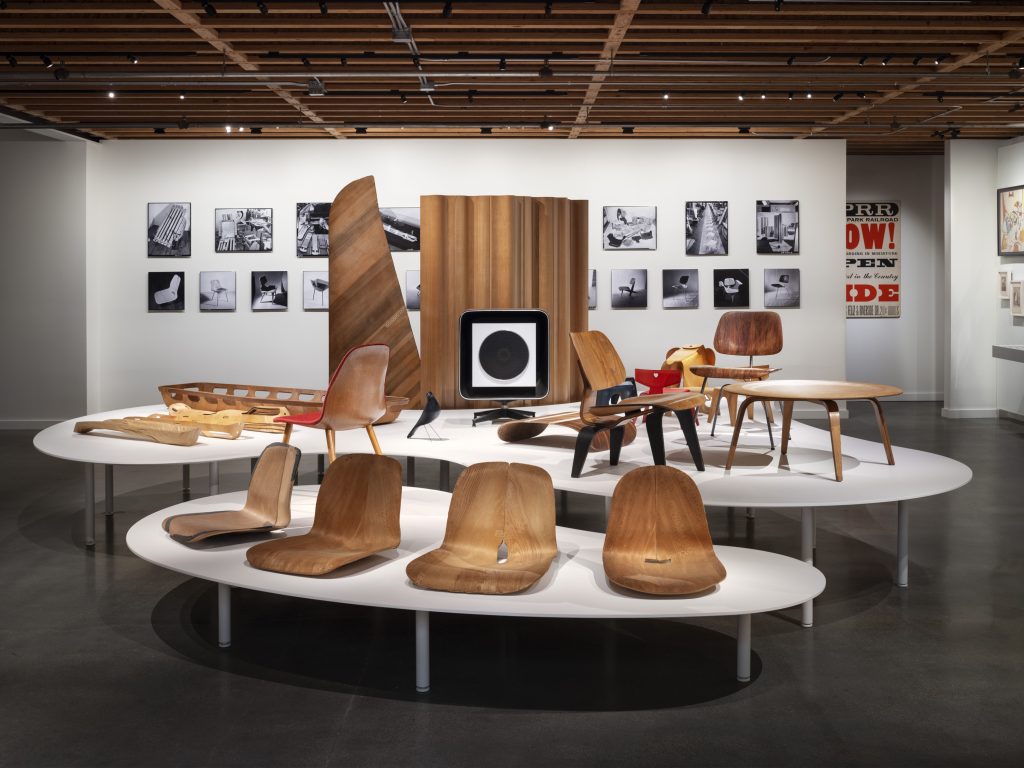
Interior view of the Eames Institute of Infinite Curiosity. Photo: Nicholas Calcott.
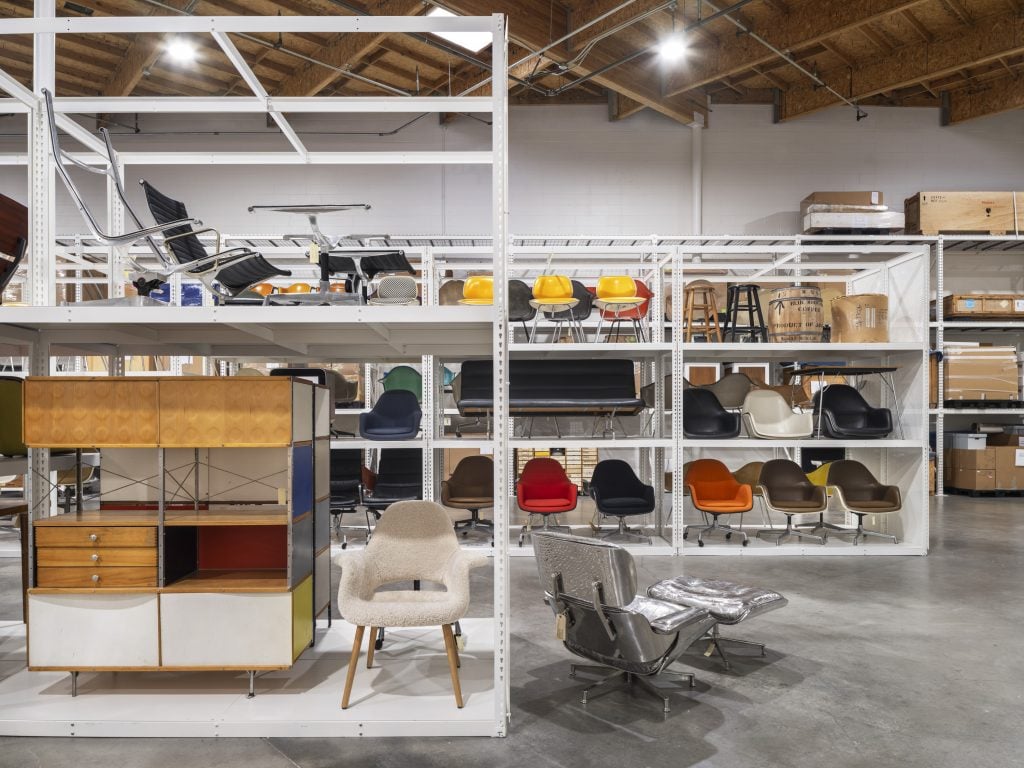
Interior view of the Eames Institute in Richmond, California. Photo: Nicholas Calcott.
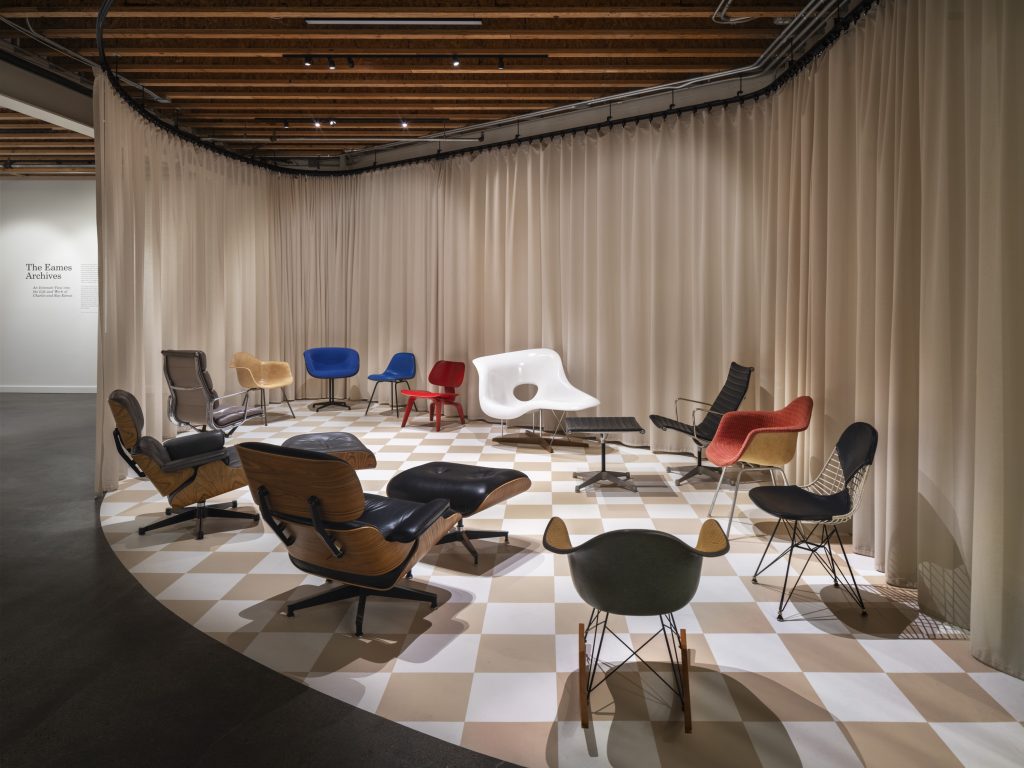
Interior view of the Eames Institute in Richmond, California. Photo: Nicholas Calcott.. Photo: Nicholas Calcott.


